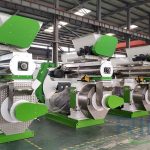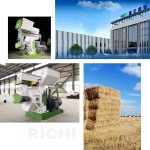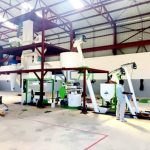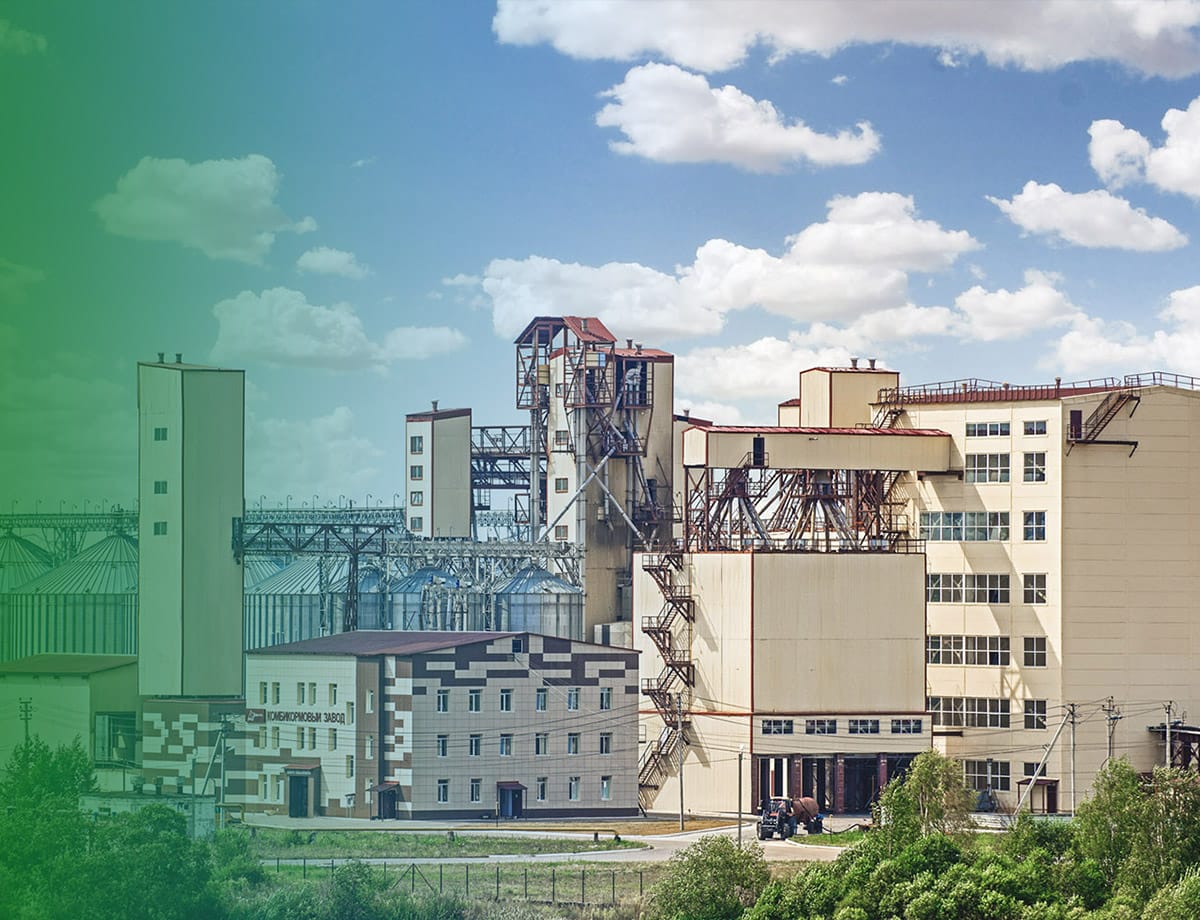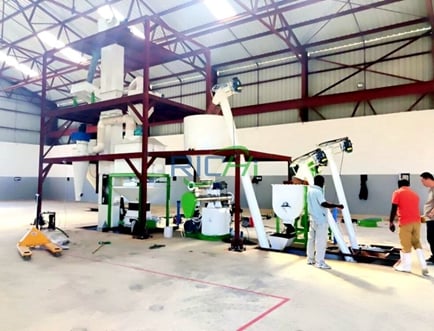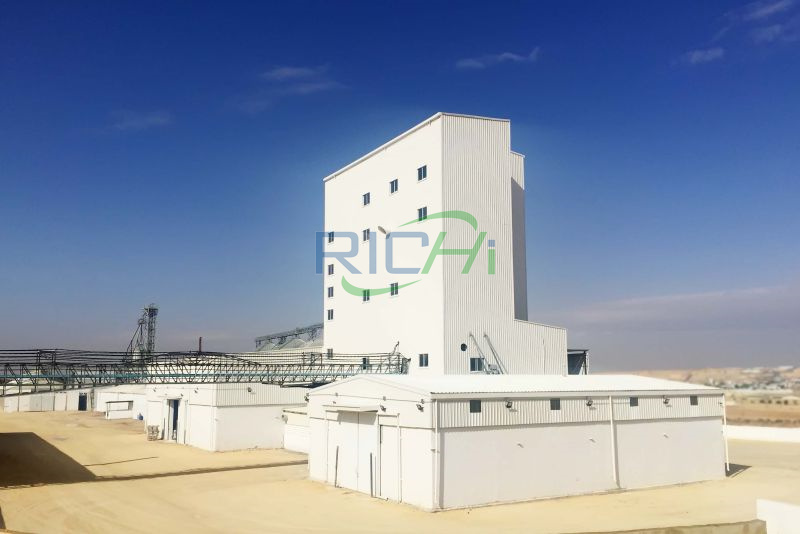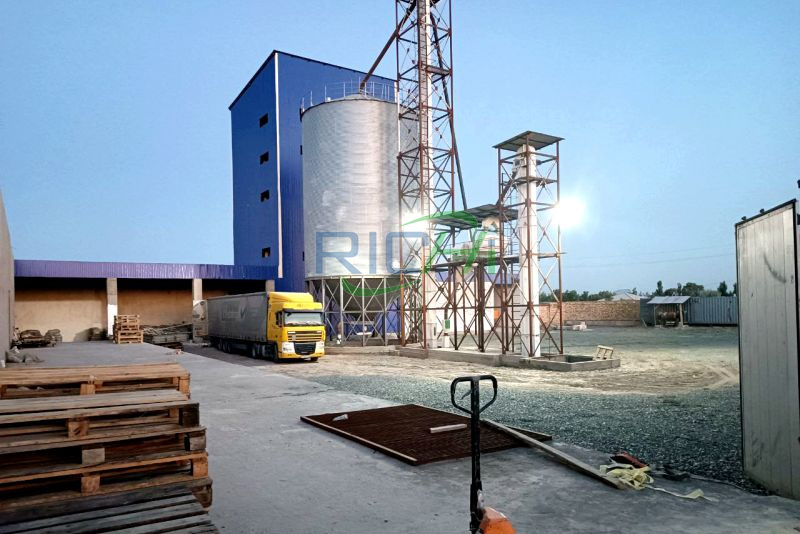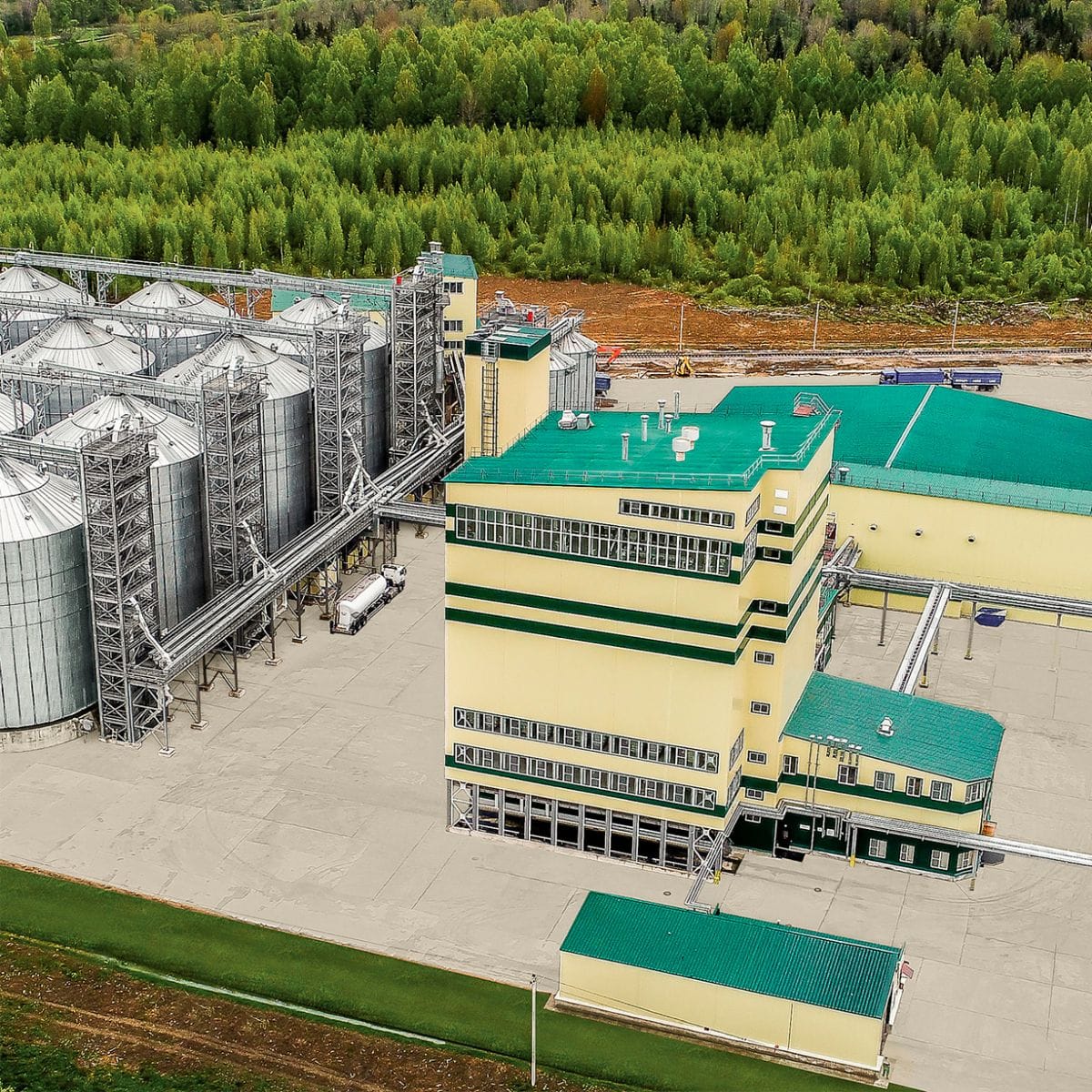Calculating the annual sales revenue for a 15-20 tons per hour (t/h) commercial feed mill requires an understanding of its production capacity, market demand, pricing strategies, and operational efficiency. This article provides a comprehensive analysis of these factors and estimates the potential annual sales revenue for such a feed mill.
Production Capacity
First, let’s determine the theoretical production capacity of the feed mill:
- Hourly Capacity: 15-20 tons
- Daily Capacity: Assuming the mill operates for 16 hours a day, the daily capacity is:
- At 15 t/h: 15 t/h×16 hours/day=240 tons/day15 \text{ t/h} \times 16 \text{ hours/day} = 240 \text{ tons/day}15 t/h×16 hours/day=240 tons/day
- At 20 t/h: 20 t/h×16 hours/day=320 tons/day20 \text{ t/h} \times 16 \text{ hours/day} = 320 \text{ tons/day}20 t/h×16 hours/day=320 tons/day
- Annual Capacity: Assuming the mill operates 300 days a year, the annual capacity is:
- At 15 t/h: 240 tons/day×300 days/year=72,000 tons/year240 \text{ tons/day} \times 300 \text{ days/year} = 72,000 \text{ tons/year}240 tons/day×300 days/year=72,000 tons/year
- At 20 t/h: 320 tons/day×300 days/year=96,000 tons/year320 \text{ tons/day} \times 300 \text{ days/year} = 96,000 \text{ tons/year}320 tons/day×300 days/year=96,000 tons/year

Utilization Rate
In reality, no feed mill operates at 100% capacity due to maintenance, downtime, and other operational inefficiencies. A realistic utilization rate ranges from 80% to 90%.
- At 80% Utilization:
- At 15 t/h: 72,000 tons/year×0.80=57,600 tons/year72,000 \text{ tons/year} \times 0.80 = 57,600 \text{ tons/year}72,000 tons/year×0.80=57,600 tons/year
- At 20 t/h: 96,000 tons/year×0.80=76,800 tons/year96,000 \text{ tons/year} \times 0.80 = 76,800 \text{ tons/year}96,000 tons/year×0.80=76,800 tons/year
- At 90% Utilization:
- At 15 t/h: 72,000 tons/year×0.90=64,800 tons/year72,000 \text{ tons/year} \times 0.90 = 64,800 \text{ tons/year}72,000 tons/year×0.90=64,800 tons/year
- At 20 t/h: 96,000 tons/year×0.90=86,400 tons/year96,000 \text{ tons/year} \times 0.90 = 86,400 \text{ tons/year}96,000 tons/year×0.90=86,400 tons/year
Average Selling Price
The selling price of animal feed varies depending on the type and quality. For this calculation, we will assume an average selling price of $300 per ton, which is a typical industry benchmark for high-quality animal feed.
Annual Sales Revenue Calculation
Using the utilization rates and average selling price, we can calculate the annual sales revenue:
- At 80% Utilization:
- At 15 t/h: 57,600 tons/year×$300/ton=$17,280,00057,600 \text{ tons/year} \times \$300/\text{ton} = \$17,280,00057,600 tons/year×$300/ton=$17,280,000
- At 20 t/h: 76,800 tons/year×$300/ton=$23,040,00076,800 \text{ tons/year} \times \$300/\text{ton} = \$23,040,00076,800 tons/year×$300/ton=$23,040,000
- At 90% Utilization:
- At 15 t/h: 64,800 tons/year×$300/ton=$19,440,00064,800 \text{ tons/year} \times \$300/\text{ton} = \$19,440,00064,800 tons/year×$300/ton=$19,440,000
- At 20 t/h: 86,400 tons/year×$300/ton=$25,920,00086,400 \text{ tons/year} \times \$300/\text{ton} = \$25,920,00086,400 tons/year×$300/ton=$25,920,000
Thus, the estimated annual sales revenue for a 15-20 t/h feed mill factory ranges from approximately $17.28 million to $25.92 million, depending on the utilization rate.
Factors Influencing Sales Revenue
Several factors can affect the actual sales revenue:
- Market Demand and Price Fluctuations: The demand for animal feed and its price can vary based on market conditions. High demand can drive prices up, while oversupply may lead to price drops.
- Product Mix: Different types of feed (e.g., poultry, cattle, fish) have various price points. A diversified product mix can optimize revenue by catering to different market segments.
- Operational Efficiency: Efficient operations can maximize production and minimize downtime, thus increasing the effective utilization rate and revenue.
- Quality and Brand Reputation: High-quality feed and a strong brand reputation can command premium prices, boosting revenue.
- Geographic Reach: Expanding sales to new regions or countries can increase market size and revenue potential.
- Sales Channels: Utilizing multiple sales channels (direct sales, distributors, retail outlets, e-commerce) can enhance market penetration and revenue.
Example Scenario
To illustrate, let’s consider a detailed example:
- Hourly Capacity: 20 tons
- Daily Operating Hours: 16 hours
- Annual Operating Days: 300 days
- Utilization Rate: 85%
- Average Selling Price: $320 per ton
Annual Production:20 tons/hour×16 hours/day×300 days/year×0.85=81,600 tons/year20 \text{ tons/hour} \times 16 \text{ hours/day} \times 300 \text{ days/year} \times 0.85 = 81,600 \text{ tons/year}20 tons/hour×16 hours/day×300 days/year×0.85=81,600 tons/year
Annual Sales Revenue:81,600 tons/year×$320/ton=$26,112,00081,600 \text{ tons/year} \times \$320/\text{ton} = \$26,112,00081,600 tons/year×$320/ton=$26,112,000
In this scenario, the annual sales revenue would be approximately $26.11 million.
Optimizing Sales Revenue
To maximize sales revenue, consider the following strategies:
- Enhance Product Quality: Invest in quality control to produce high-quality feed that can be sold at premium prices.
- Expand Product Range: Develop specialized and high-value feed products to cater to niche markets.
- Improve Operational Efficiency: Implement advanced technologies and best practices to reduce downtime and increase production efficiency.
- Strengthen Marketing Efforts: Use targeted marketing campaigns to increase brand awareness and attract more customers.
- Leverage Technology: Utilize e-commerce platforms and digital marketing to reach a broader audience and streamline sales processes.
- Build Strong Relationships: Develop long-term partnerships with large-scale farms, distributors, and cooperatives to ensure steady demand.
Conclusion
The annual sales revenue of a 15-20 t/h complete feed mill plant is closely tied to its production capacity, utilization rate, and market conditions. By optimizing these factors, a feed mill can achieve substantial revenue, ranging from $17.28 million to $25.92 million or more. Strategic investments in quality, efficiency, and market expansion can further enhance revenue potential, ensuring the long-term success and profitability of the feed mill operation.
For details please contact: Richi Pelletizer
WhatsApp:86 138 3838 9622
Email:enquiry@richipelletmachine.com


